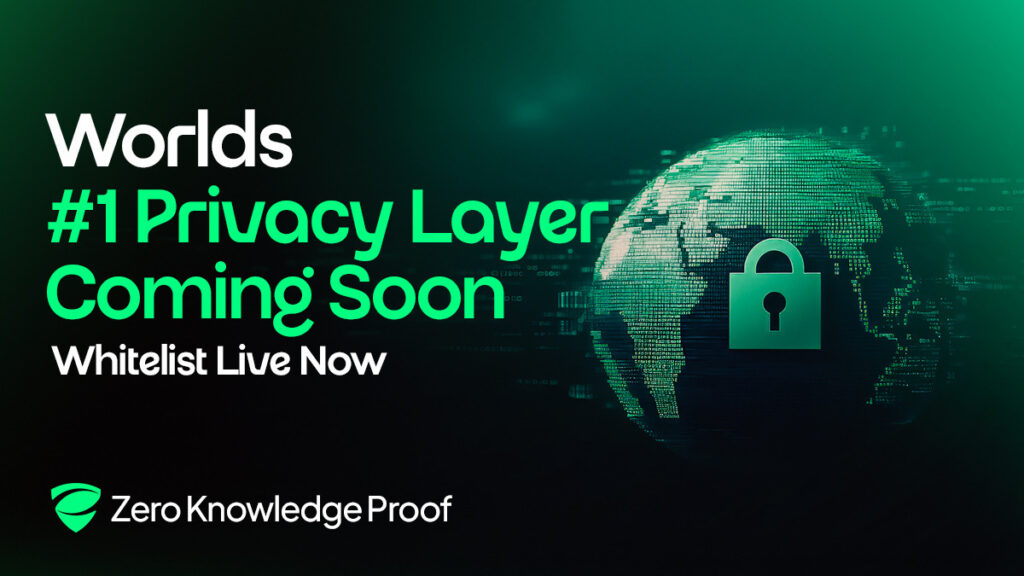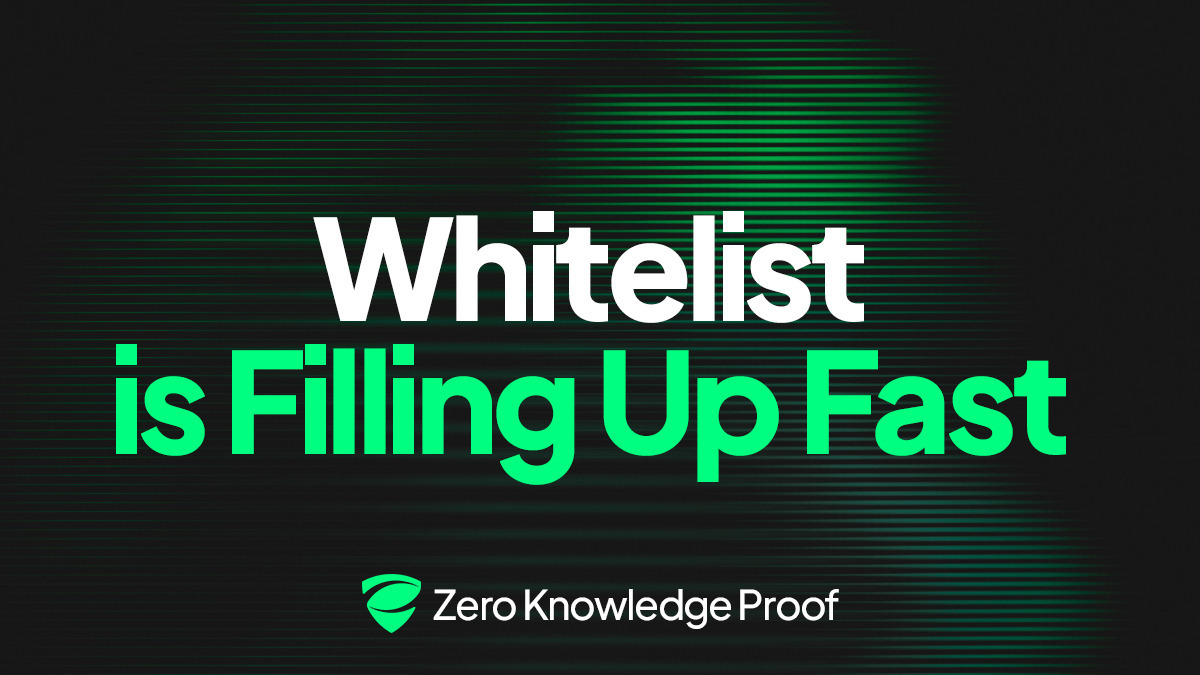The Zero Knowledge Proof’s (ZKP) recently revealed manifesto establishes a position the crypto industry rarely confronts: a blockchain should not recognise, record or interpret anything about its users. Not their inputs, not their patterns, not the metadata most networks quietly absorb as they scale.
The ZKP manifesto argues that knowledge becomes leverage, and leverage eventually shapes hierarchy, long before a token ever reaches its presale. The Zero Knowledge Project crypto built its entire private AI network with more than $100 million of internal resources, finishing every major component before announcing its upcoming presale auction.
That construction order gives the manifesto weight. It presents a chain that exists without external demands, without early influence, and without architecture shaped by hidden beneficiaries. Instead of expanding what a blockchain can observe, the ZKP project limits what it is allowed to know. This foundation is why analysts increasingly position ZKP among the top upcoming presales to watch.
A System That Doesn’t Expose User Data
The manifesto frames data visibility as a structural weakness, not an operational requirement. Most AI-enabled chains operate through observation: they receive inputs, generate trails, and learn from user behaviour. Even systems promising privacy often rely on processing environments that expose patterns through inference logs, model interactions or validator-level analytics.
ZKP breaks from that logic. Its computational layer uses zero-knowledge execution to verify AI workloads without revealing the data shaping them. Inputs stay hidden, execution paths stay private, and outputs expose nothing beyond what must be mathematically confirmed. The network has no mechanism to accumulate intelligence about users. It performs tasks as if each action appears and disappears instantly, leaving no memory behind.
This approach recasts decentralisation. Nodes participate in consensus without access to personal information or behavioural detail. They verify proofs, not people, a standard the manifesto presents as essential to long-term neutrality.
Why the Network Works Only When Built Upfront
The manifesto’s philosophy is only possible because the project rejected external funding entirely. The ZKP’s builders financed the chain with their own resources, completing the blockchain, the private AI layer, and the hardware infrastructure long before participants were invited.
By avoiding investors, private rounds, and strategic terms, the ZKP crypto coin prevented the typical influence loops that define many L1 launches. When early stakeholders shape roadmaps, the projects bends to meet those expectations. This is the pattern that left earlier networks, from high-throughput L1s to several AI-focused ecosystems, balancing technical goals against conditions set during funding.

The ZKP crypto coin side-stepped that architecture entirely. The system has entered the current whitelist phase in a finished state, not as a draft awaiting revision. This is why the manifesto emphasises that fairness cannot be declared after launch; it must be designed before anyone enters. The network’s neutrality comes not from messaging, but from origin.
Distribution Without Memory or Hierarchy
The same philosophy governs ZKP’s presale structure. Traditional distribution models generate informational hierarchies long before tokens reach the public: private allocations, influencer-aligned rounds, and wallet-level advantages that persist across phases. These structures expose behavioural data and create early dominance that shapes long-term market dynamics.
ZKP cuts away from that pattern with a simple rule: every auction will remain live for 24 hours, then the slate goes blank. No rollover spots, no priority lists, no quiet advantages carried into the next round. The $50,000 cap keeps any single participant from flooding a cycle, and nothing in the system stores information that could tilt the next auction. Each one starts fresh, exactly the way the manifesto argues a fair presale should.
This design ensures the network does not develop memory-based hierarchies. Distribution mirrors computation: blind, fresh, and structurally indifferent to who participates. Analysts now evaluate ZKP as the next big crypto of 2025 and beyond, not because of hype, but because its architecture refuses the mechanisms that distorted previous cycles.
Final Takeaway
The ZKP crypto’s manifesto functions as a blueprint for a different category of blockchain, one that verifies everything but remembers nothing. It rejects surveillance patterns, funding-driven influence, early hierarchies and the data exposure that quietly shapes much of the industry. The network was built first, financed internally, and engineered to remain unaware of the people interacting with it.
As the crypto market looks toward the best crypto for the future, ZKP shifts attention from performance metrics to structural integrity. Privacy, fairness and execution converge under one framework instead of separate features stitched together later. A blockchain that prioritises privacy may be the most powerful idea crypto has introduced in years.

Find Out More At:
This article contains information about a cryptocurrency presale. Crypto Economy is not associated with the project. As with any initiative within the crypto ecosystem, we encourage users to do their own research before participating, carefully considering both the potential and the risks involved. This content is for informational purposes only and does not constitute investment advice.






